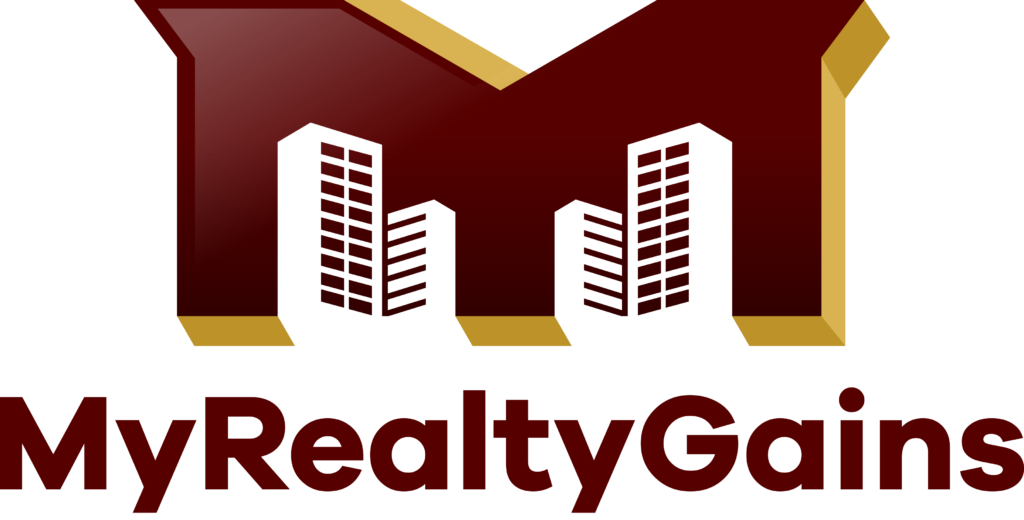Top 10 Tips for Underwriting a Value-Add Apartment Community (Part-1)
Everyone has their own way of underwriting a deal. It used to be that underwriting a deal was much easier, but now it has become more detail-oriented. These steps are used for value-add apartments but if you’re an experienced investor, most of these can apply to really any type of deal except for maybe a fix and flip.
These will help to create a better understanding model at the beginning as well as a better business plan while also creating a more competitive offer.
Here are Top 10 tips for underwriting a value-add apartment community.
1. Setting an Offer Price
You’re not supposed to look at how the property is currently operating, determine what the net operating income is, and then base your purchase price off that. You also do not want to set the offer price based on what it’s going to be once it’s stabilized. Instead, you need to consider the combination of the two. How the property is currently operating is going to determine what your business plan is to stabilize it and how long it’s going to take and that’ll decide how the property will operate say at month 12 or 18 or even 24. You also want to know how long you’re going to be holding the property for. It may be 5 years, or 7 years, or even 10 years, depending on the capabilities of the property. Time projection is extremely important. There might be deals that are accustomed to do well on a 7–10-year projection, and then you might be missing out on short-term opportunities. Breaking out this time monthly, and later adding these months to determine what the annualized cash-on-cash return, and what the IRR is going to be, based off of that exit is going to be unprecedentedly profitable. Essentially, you’re creating a 5-7-10 years projection going from how it’s currently operating, to how it’s going to stabilize, and then continuing to operate at the stabilization, with the annual rent increases and expense increases also determining when you’re going to sell and how much you will make when you sell because that’s also a big chunk of the profit you’re going to make and then you can determine the cash-on-cash return. All this will determine the returns percentage so you don’t have to worry to meet the return goals. This is how you’re going to set a competitive offer price so you do not end up low-balling or high-balling.
2. Don’t take the Offer Memorandum at Face Value
The offering memorandum is a marketing package created by the listing broker who wants to sell the property at the highest price possible. In the offering memorandum it’ll have the brokers proforma, so what they are saying the property’s going to operate at is based off of their goal of selling the property. Therefore, while it could be a good buy, you don’t want to just look at the OM. Take those numbers, plug them into your cash flow calculator, and use the T-12 which is trailing 12 months expenses which will show the actual profit and loss on the property and also use the current rent roll, and then use your own stabilized assumptions based on how you plan on operating the property. Don’t trust their rental comps, instead do your diligence, and then come to conclusions.
3. Rental Premiums
When you’re buying a value-add apartment, your plan is to renovate the units to add amenities or upgrade amenities with the purpose of raising the rent. Now, the question is how much can you raise the rent, and that’s what the rental premium is. There is a difference between what you’re going to get versus what the property is currently operating at. To calculate the rental premiums, you at times tend to look at the OM because it’s listed in the proforma by the broker and he might say that this is based on either the rental comps or the proven rental premiums that the owner has already received. Now, that ladder is something you can use by looking at the rent roll but again don’t just trust them, see whether they actually get those proven rental premiums. So if they’ve renovated 10% of the units and they can achieve a certain rental premium, make sure that you confirm it with your proper management company, perform your own rental comparable analysis before just plugging into what is provided in the OM.
4. Rental Comps
There are two parts to this tip.
The first part is that you don’t want to trust the rental comps at face value from the brokers, you want to look at the actual properties first to make sure they are similar enough to the property you’re looking at.
Look at the distance of the property from the market where you want to invest to make sure that it is similar to the neighborhood that the subject property is in. It is very important to understand the market, on a neighborhood to neighborhood, or street to street basis. Sometimes, a map is there in the offering memorandum where the subject property is marked by a star and the rental cap is scattered all over the place, some of them may even be multiple miles away. In certain markets, that could be fine while in other markets where one street over is a C neighborhood or the other street over it’s an A neighborhood, it might be an issue because you need to have a property like this in the market as well as a property that is similar to the subject property.
Question them as to in what period of time did they make the renovations and achieve the rent premiums because in many cases the market just does not have that kind of demand, and the residents are either not able to pay, or choose not to pay the rent so this can easily destroy the business plan you spent such care and hard-work developing. You want the one where they are renovating the units in a shorter period of time, closer to when you’re buying the property, as opposed to fewer units over a longer period of time.
Review the property operations, you need to see who pays for the utilities like fitness centers fees, pet fees, storage lockers fees, etc. Is it you, or the residents, because if you’re looking for a property where the residents pay for utilities and they decide not to, your plan might go wrong. If the utilities are there, the prices of rent will be a little higher as compared to if the residents are paying for them. This might be difficult because it is not listed anywhere. You will have to check with the fellow competitors about the same.
5. Property size and type
You also want to look at the unit type and size. This is big. What is meant by unit type is the floor plan – number of bedrooms and bathrooms, and also square footage, because a 900 square foot 2-bed 2-bath is going to have a different rent than a 1,200 foot 2-bed 2-bath unit. So, when you’re doing the rental comps, you actually want to determine the price per square unit of the competitors, and then use that to determine what the rents could be for your units based on that square footage, using the unit types that are alike. What’s also of the utmost importance is the interior upgrades, make sure that you’re looking at units that are going to be similar to your upgraded unit, and not the current unit, for obvious reasons. It might have been something you didn’t think about, but the units could be upgraded, so you want to know what similar upgraded units are going for on the market.
Then lastly you want to create a checklist of the amenities offered in the community. So, is there a fitness center, is there a sauna, certain ceiling heights, certain types of amenities in the units, things like that. So, create a checklist and make sure that those match up. And if not, then you’re going to need to adjust your rents based on that.
Also, some amenities matter more than others. You’ll just have to have some market knowledge and use some common sense. Is the pool the same thing as having laundry? Maybe, but is that the same thing as having a picnic table area? Probably not. So just talk to your local management company and get an idea from them.
Stay tuned for the next blog where we will be discussing the next five tips.

Prashant Kumar, CCIM
If you’re still wondering where to
start from,we can have a
one-on-one Session.
© 2022 My Realty Gains. Created by Fooracles. All rights reserved





